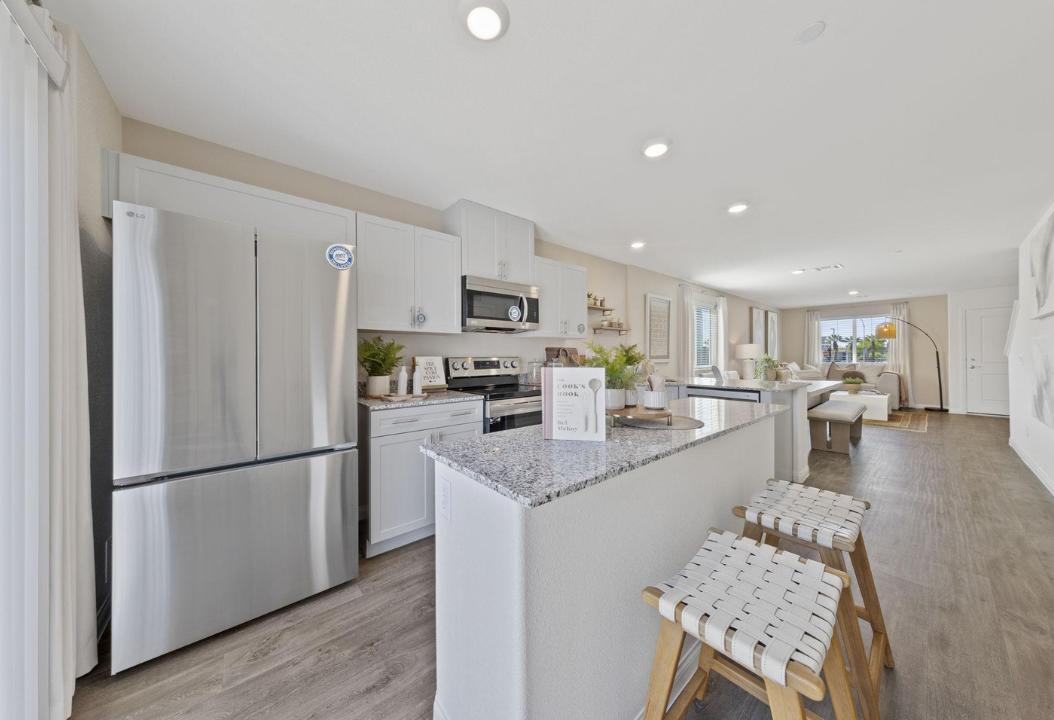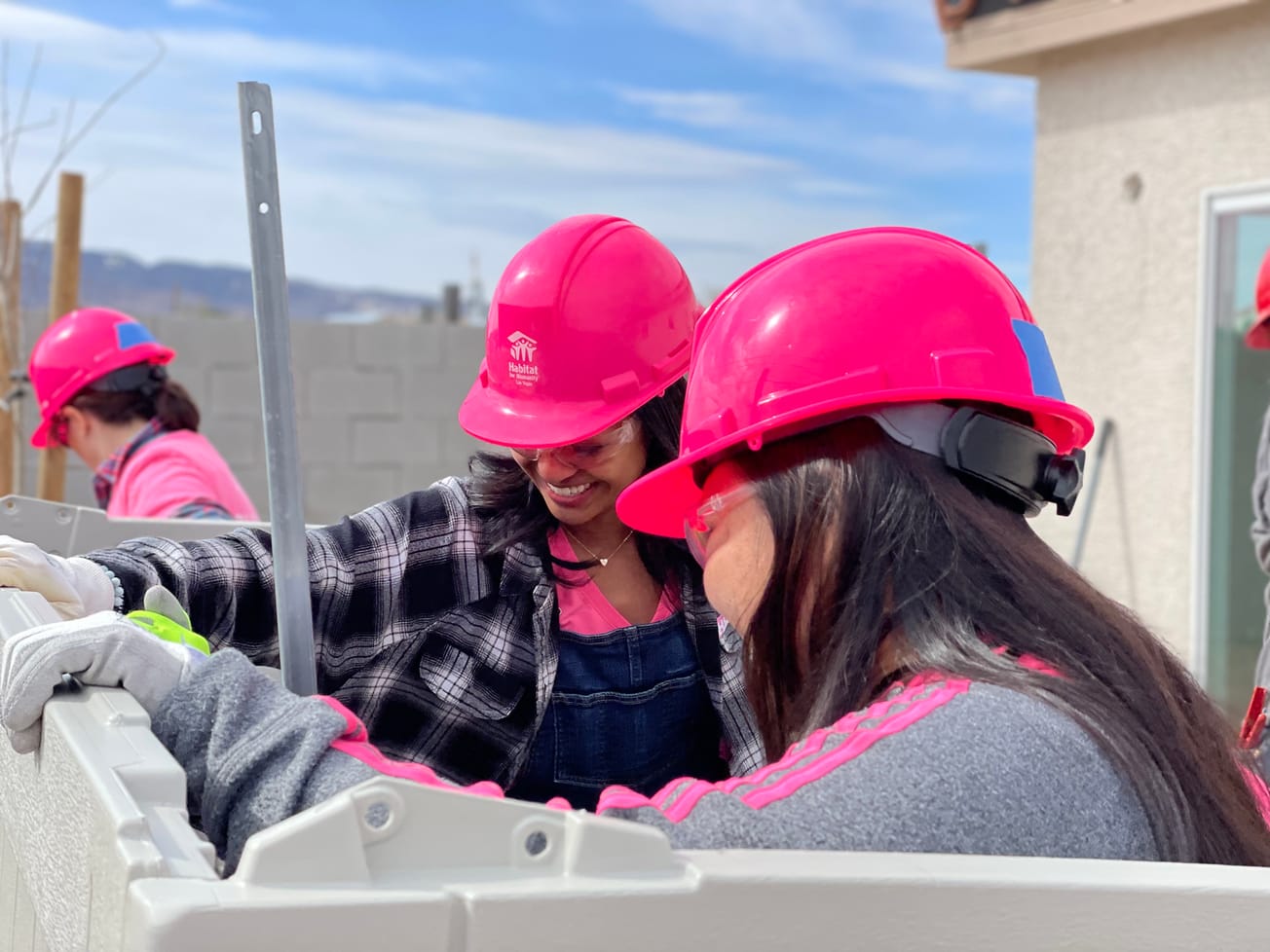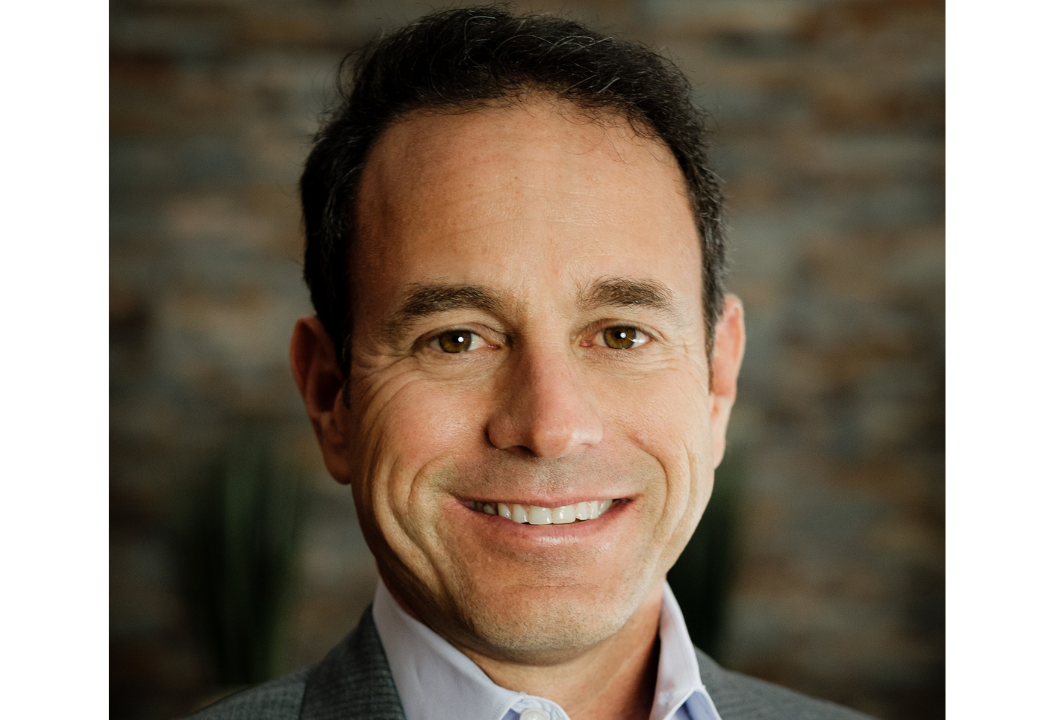Subscribe to our email newsletter and follow us on social media.
Last week, the Nevada Conservation League hosted a climate change and water management panel at Spring Preserves. State Senator Fabian Doñate, Senior Climate Advisor Dr. Kristen Averyt, and Southern Nevada Water Authority (SNWA) General Manager John Entsminger discussed federal and state efforts to conserve water while facing the challenges of drought and anticipated population growth.
Recently, the U.S. Department of Interior announced an 8% cut on Nevada’s annual water allocation from the Colorado River in 2023. U.S. Senator Catherine Cortez Masto and John Entsminger sent a letter to call on the administration to take significantly stronger federal action to ensure all states are contributing to water conservation along the Colorado River.
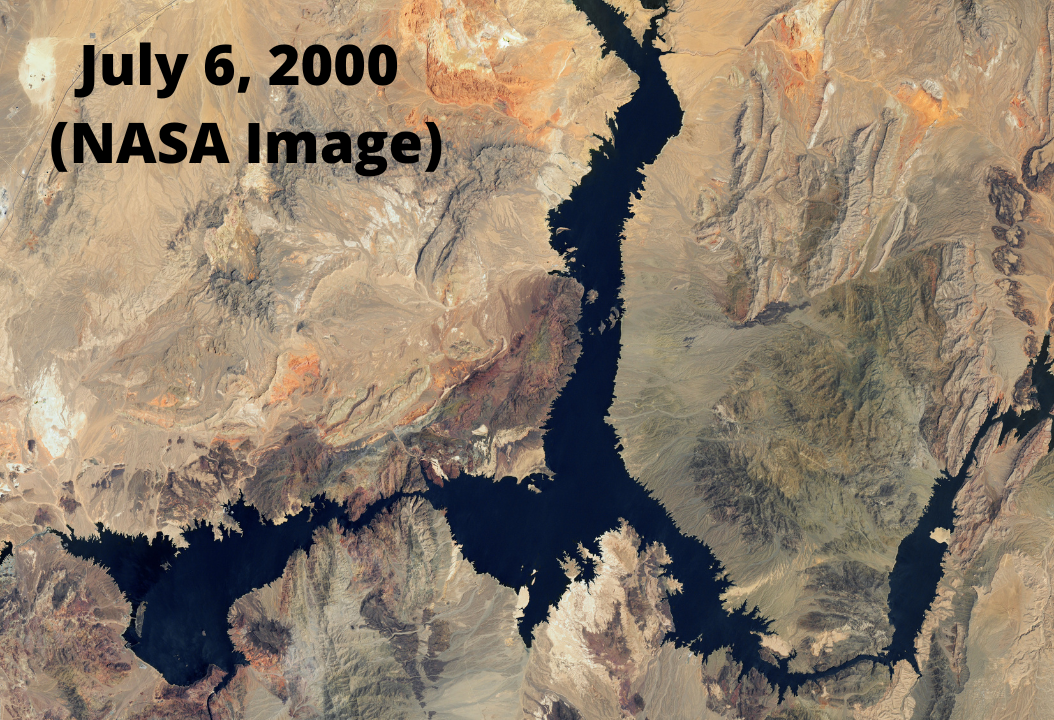
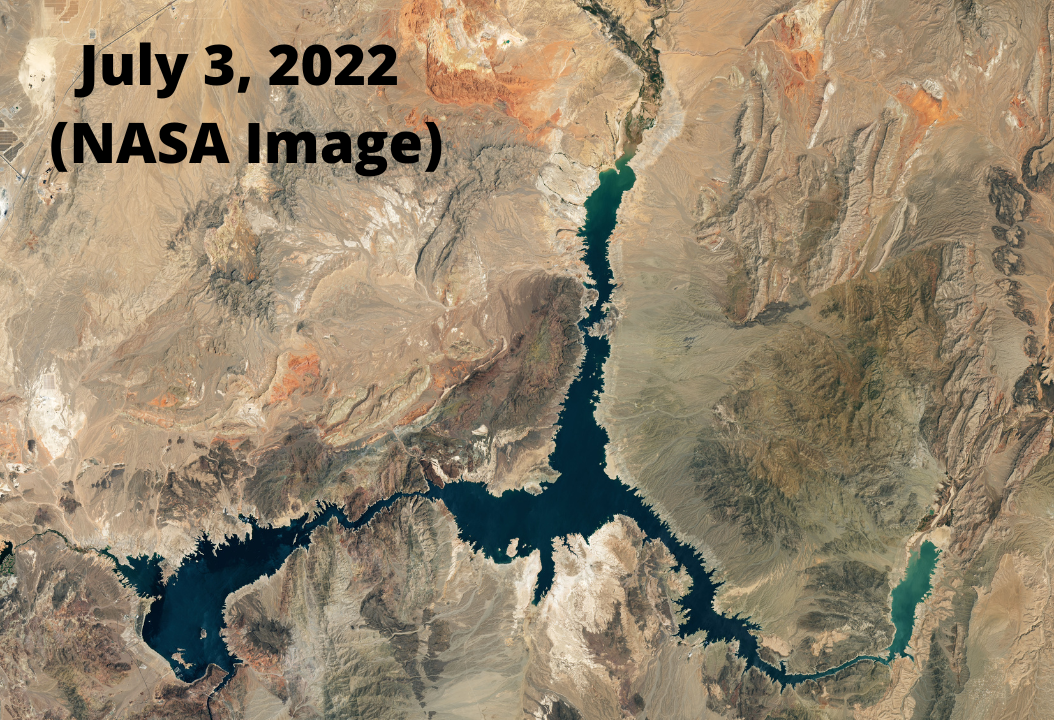
The Current State of Lake Mead
Lake Mead water level shave declined nearly 150 feet since 2000. According to the Southern Nevada Water Authority, overall snowfall and runoff into the Colorado River Basin between 2000 and 2021 were well below the historical average, representing the lowest 22-year period on record. As of late 2021, the combined water storage in the Colorado River’s two primary reservoirs (Lake Mead and Lake Powell) was at just 32% of capacity. And according to Bureau of Reclamation, as of August 21, 2022, Lake Mead is only 28% full of its full capacity.
In 2021, Lake Mead reached an elevation of 1,065 feet, the lowest point since the lake began filling in the mid-1930s. And in SNWA’s 2021 plan, the authority stated a new conservation goal of 86 gallons per capita per day.
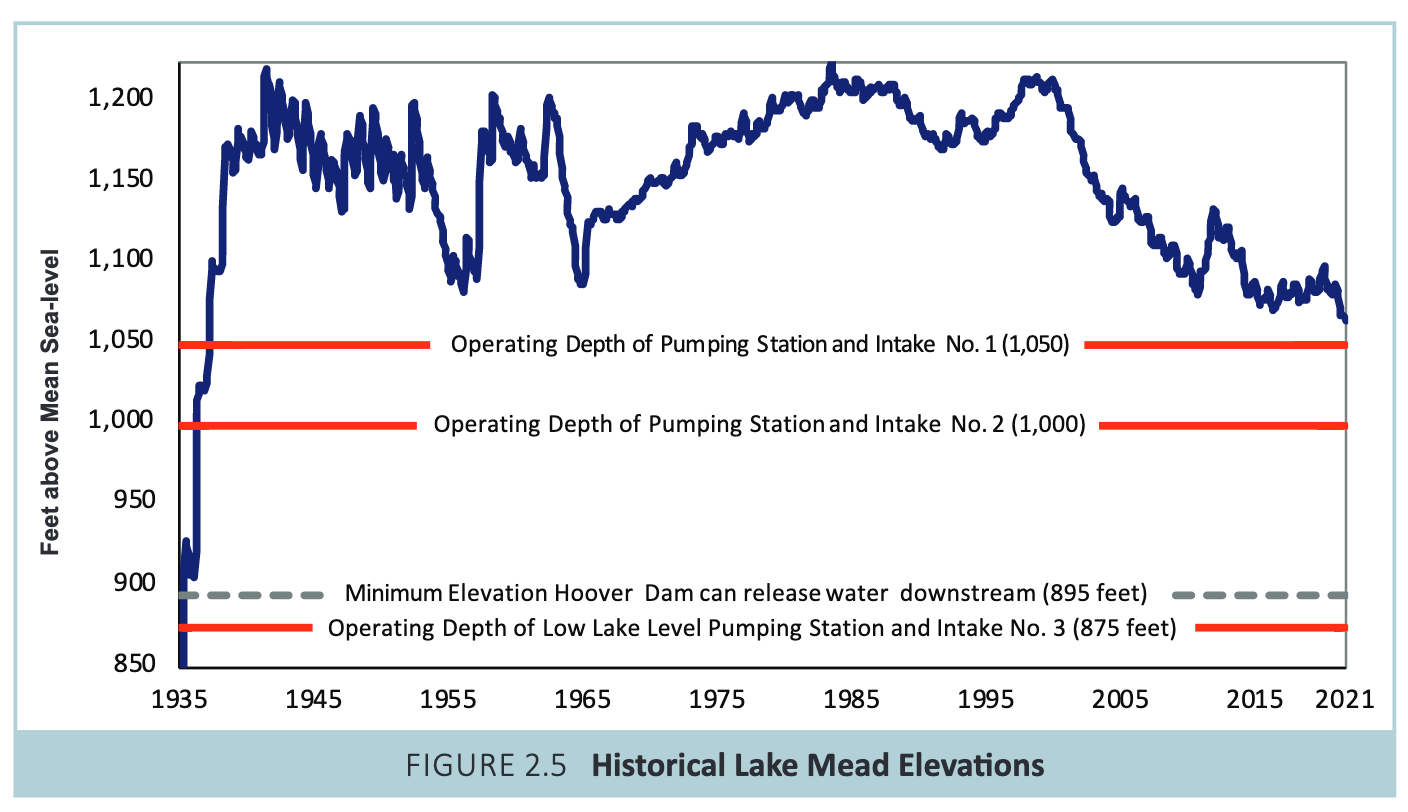
Intake No. 3
The SNWA constructed a third drinking intake capable of drawing water when Lake Mead’s lake elevations is below 1,000 feet (above sea level). The construction began in 2008 and Intake No. 3 began conveying water in September 2015.
Low Lake Level Pumping Station
If Lake Mead's elevation reaches the “dead pool” level of 895 feet, then no water can pass through Hoover Dam to generate power to meet downstream water demands in California, Arizona or Mexico. The SNWA constructed a low lake level pumping station to allow Southern Nevada to continue getting access to water supplies below Lake Mead’s “dead pool” elevation. The station completed construction in 2020 at a total cost of $522 million.
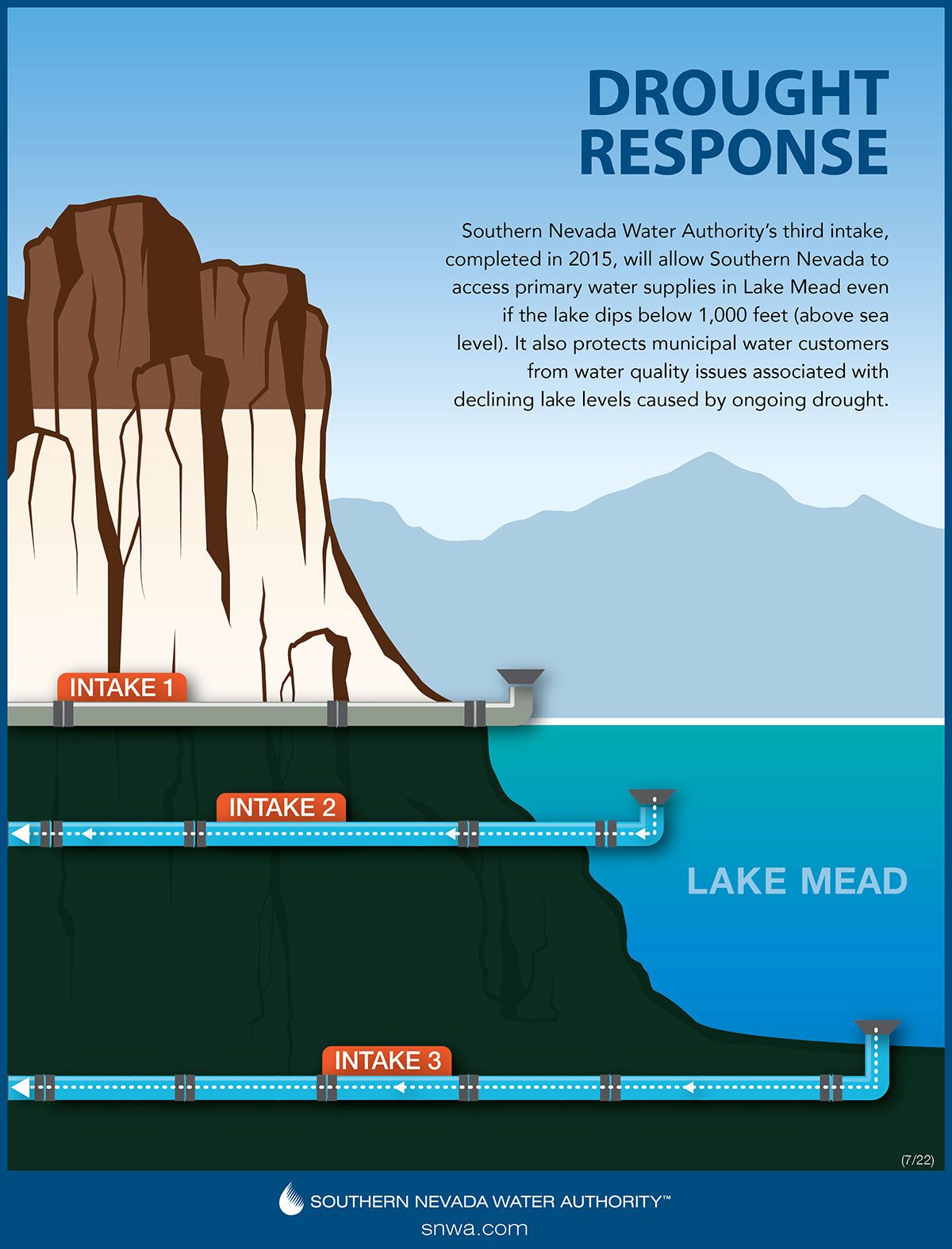
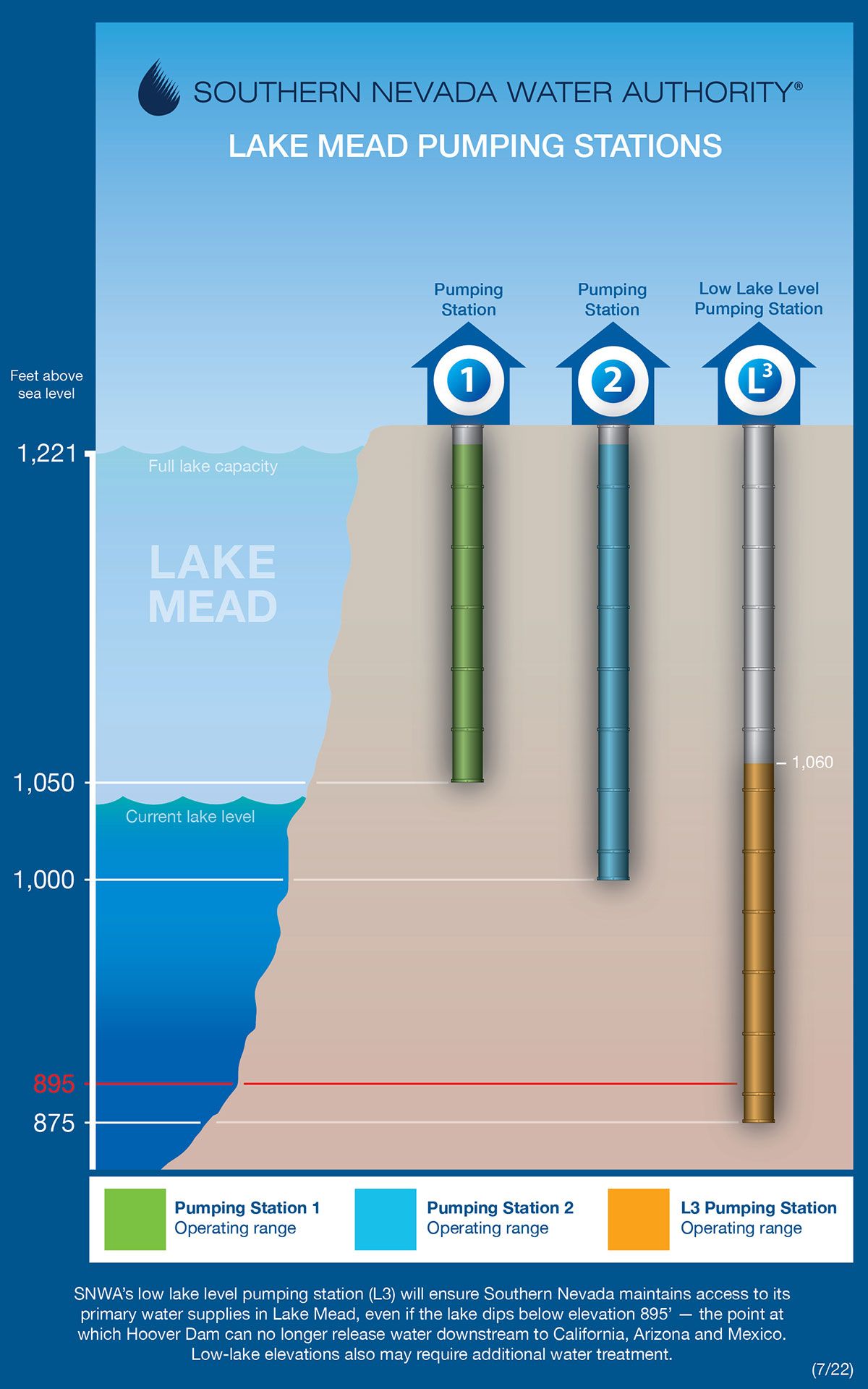
According to the Southern Nevada Water Authority, approximately 45.6% of the water uses occured in residential single family properties and 16.3% of the water uses occured in residential multifamily properties.
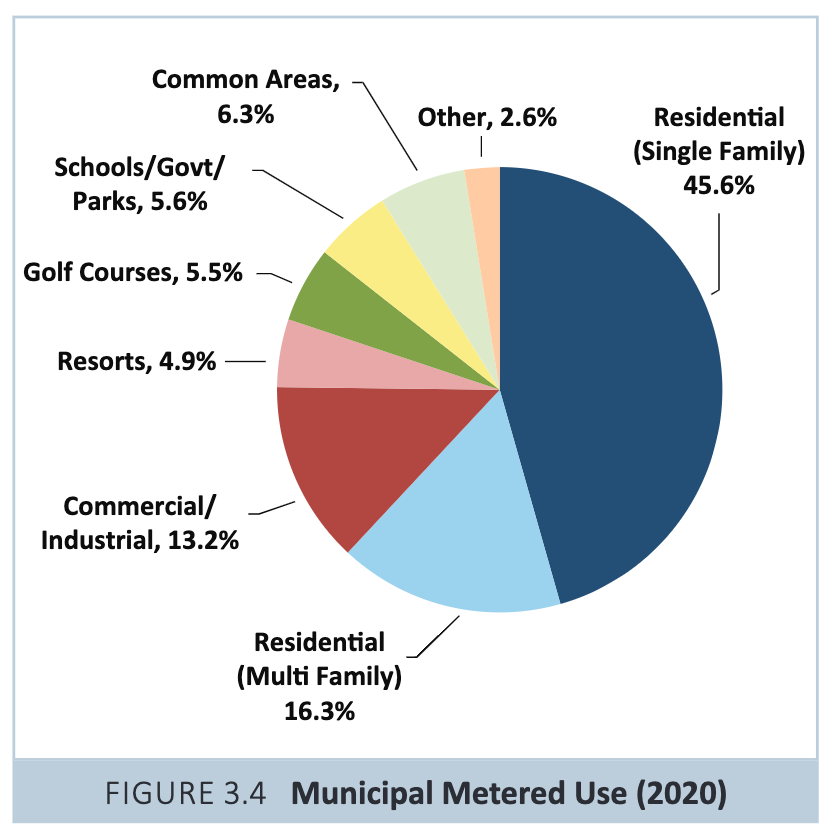
Water Used Outdoors
Nearly all of the water we use indoors in Southern Nevada is recycled. However, 60% of Southern Nevada’s water is used outdoors. And water used outside evaporates and cannot be recycled. Therefore, the SNWA came up with the following programs to help reduce water used outdoors:
- Mandatory seasonal water restrictions.
- Nonfunctional grass must be removed or replaced by the end of 2026.
- Water Smart Landscapes rebate
- Smart irrigation clock rebate
- Smart leak detector rebate
- Water Smart Car Wash coupons
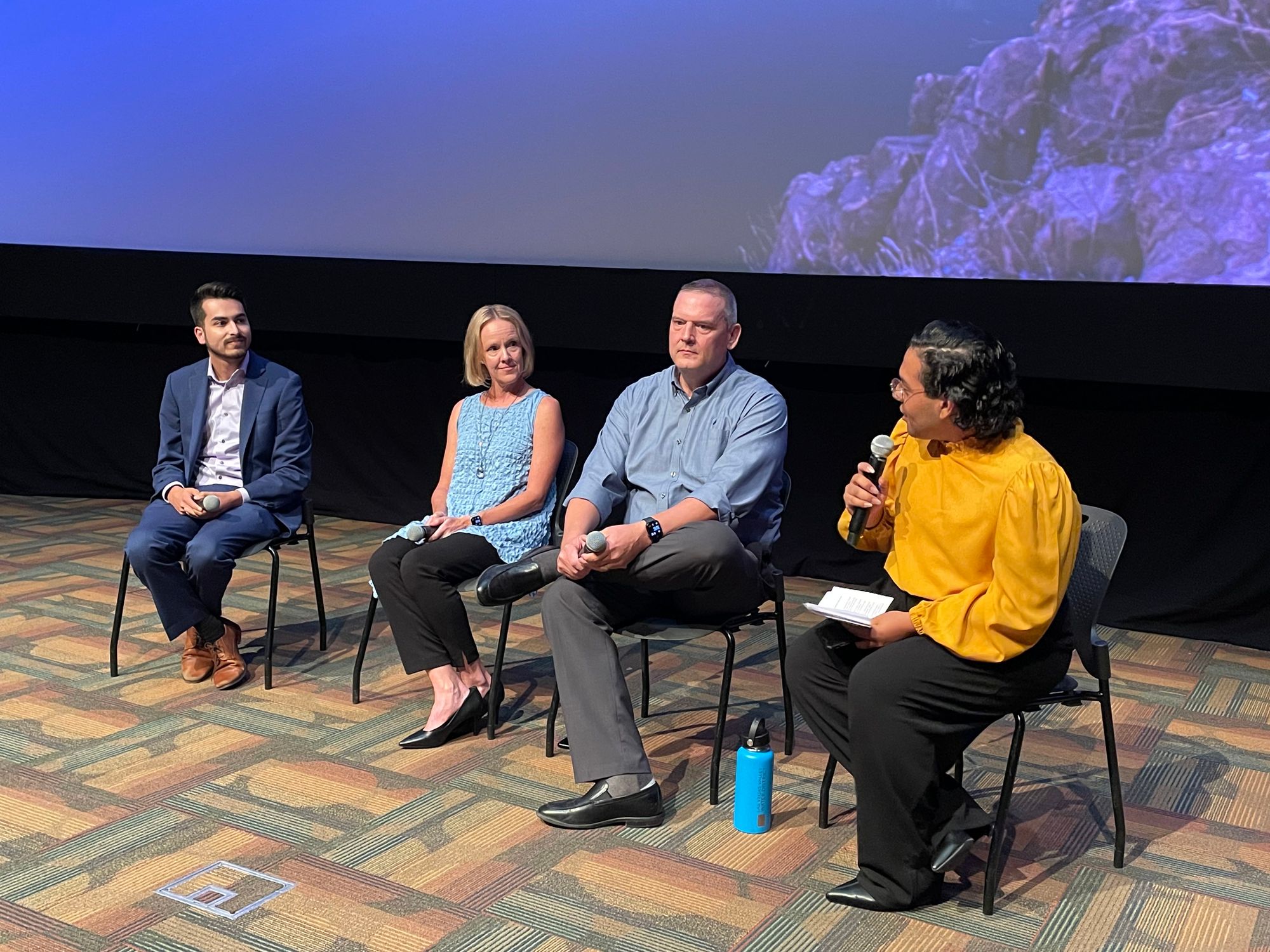
Climate Change
Climate change has a sufficient impact on decreasing water supply and increasing water demand in Southern Nevada. Dr. Kristen Averyt is serving as Senior Climate Advisor in the Governor's Office, where she leads climate planning and policy development for the state.
According to the “Climate Conditions in Clark County” report developed for the SNWA by the California Nevada Application Program, projections indicate that Clark County will warm between 5 to 10℉ by the end of the century.
According to the "Colorado River Basin Climate and Hydrology: State of the Science" research series by Western Water Assessment at University of Colorado Boulder, warming temperatures within the Colorado River Basin reduced streamflows. When ground conditions are dry, near-normal precipitation does not equate to near-normal runoff. In 2021, the Colorado River inflows were 32% of average but the snowpack was 89% of average. Warmer temperature leading into the winter season causes soil to be less moist. Dry ground soaked up more water, and less water made its way to the river.
In addition, warmer temperatures will cause a greater percentage of precipitation to occur in the form of rain rather than snow, increasing water evaporation and evapotranspiration rates, and increasing water demands for agricultural and landscaping uses.
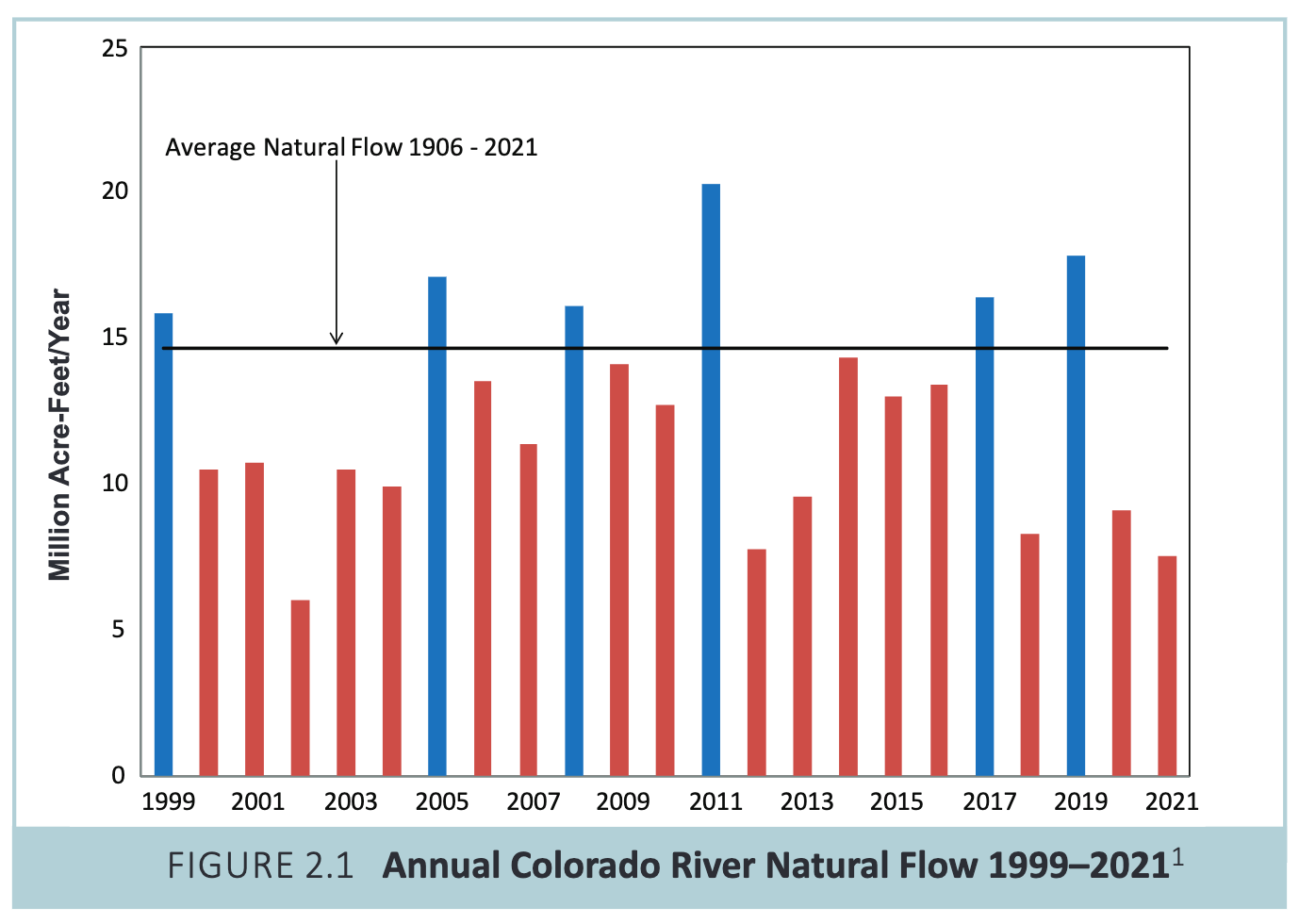
Economic Impacts of Drought
The SNWA issued a Major Construction and Capital Plan in 2020 and outlined the upcoming system expansion and maintenance construction projects. These projects are funded by SNWA bond proceeds and revenues generated by SNWA water bill charges, connection charges, State Sales Tax, and Southern Nevada Public Land Management Act funds.
The SNWA estimated it will spend $1.9 billion on system expansion projects to build new water facilitates to meet anticipated future water demands in Southern Nevada. These projects include:
- The Horizon Lateral — a large pipeline, pumping station and reservoir to serve the south part of the Las Vegas valley
- Water and wastewater systems in Garnet Valley, located at the APEX Industrial Park in North Las Vegas
- A large-scale solar energy project to pump water uphill from Lake Mead to the Las Vegas valley
- Closeout activities for the Low Lake Level Pumping Station
The SNWA also estimated it will spend $1.1 billion on water resources and conservation projects that require capital funding but not necessarily the construction of facilities. These projects include:
- Conservation partnerships with other Colorado Basin states and Mexico
- The Water Smart Landscapes rebate program
- Virgin and Muddy River water resource acquisition
- Water banking
The Nevada Conservation League announced its annual Home Means Nevada Awards Dinner will be held on Thursday, September 29th, 6pm at Springs Preserve to recognize local environmental leaders. Proceeds of the event will benefit Nevada Conservation League, an independent voice of Nevada’s conservation community.
The awards categories are The Harry Reid Lifetime Achievement Award, Green Guardian Award, and Green Business of the Year Award. To learn more, please visit HERE.
Subscribe to our email newsletter and follow us on social media.



